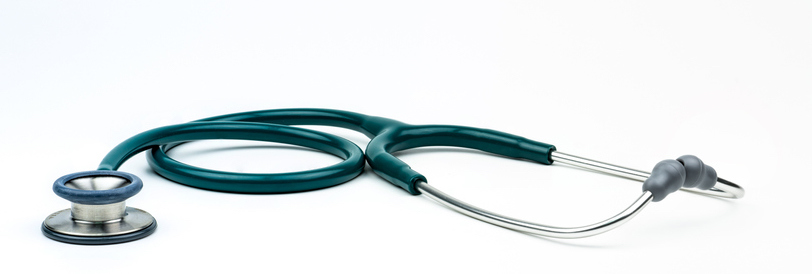Editor’s note: Based in New York, Jessica Spilman is vice president, research, at marketing consulting firm KJT Group. Corinne Shanahan is senior research assistant at KJT Group.
One of our clients recently engaged with us to collect physician feedback on two diabetes-related diagnostic testing panels. Their research objectives were to elicit primary care physician and endocrinologist perceptions of the two panels; understand how and where each would be used; and ultimately determine the value of offering both.
Due to an impending rollout, we decided on a two-phase research plan to obtain information quickly. Phase 1 included a handful of Web-assisted telephone in-depth interviews to qualitatively explore the objectives. Phase 2 included virtual voice response interviews (VVIs) to capture feedback from a broader set of customers on select questions identified during Phase 1.
Virtual voice response interviews
Imagine a potential customer leaving you a thoughtful 10-minute voicemail that addresses your eight-to-10 most pressing questions. Now imagine getting close to 30 voicemails. Using virtual voice-response interviews allows pre-qualified respondents to dial in to a phone line that has been programmed with a short list of interview questions. Respondents listen to the automated questions then provide a verbal response to each. Depending on the study, respondents can also review brief stimuli prior to beginning the interview and answer questions about it.
We decided to use VVIs in this study for several reasons. The asynchronous nature of this format makes it respondent-friendly for busy physicians. We were able to steal just a few minutes of time to collect detailed feedback from primary care physicians and endocrinologists, both of whom have notoriously packed schedules.
VVIs also helped bring the voice-of-the-customer to life through various voice-analysis techniques. We were able to take a deep dive into a physician’s reactions to these panels by analyzing not only the content of her responses but also her sentiment, mood and arousal via natural language and voice signal processing. Leveraging analysis of the audio element of VVIs can strengthen the insights gathered. For example, we could dig in and ask: Was she confused about the panels? Optimistic about how they could help her practice?
By incorporating Phase 2 with the in-depth topics of Phase 1, researchers can offer stakeholders a succinct list of questions for the VVIs. This decreases timelines, cost and increases sample size vs. traditional qual techniques like in-person or in-depth phone interviews. These benefits were integral to the success of the study as we had to contend with both timeline and budget constraints.
When should VVIs not be used?
Although VVIs were an ideal second phase for this research study, they are not right for every project. Some situations in which VVIs would not be appropriate include:
- Research with complex stimuli that require a guided and lengthy description. As the interviews are self-guided, respondents do not have the opportunity to ask questions about stimuli should they need clarification.
- Studies where it is important for respondents to build on each other’s answers. For certain qualitative objectives, key insights are gathered when participants interact with each other. The asynchronous and autonomous nature of VVIs prevents this type of interaction.
- Studies with more than eight-to-10 key questions. Numerous questions, or questions that require a significant amount of probing, are not optimal for VVIs. Studies that call for more straightforward questions work best as automated moderating does not allow for customized or laddered probing.
- Research that is highly exploratory in nature. VVIs work best when your study does not require fine tuning after initial interviews. Truly exploratory qualitative research often requires revisions to the instrument as the interviews unfold, and this is not supported by the VVI methodology due to the speed at which the interviews are conducted. Typically, a series of VVIs takes less than one-to-two business days to complete.
Voice of the customer
When deciding if VVIs may be right for your study, there are several criteria to keep in mind. VVIs may be a valuable tool to consider when you have:
- streamlined focus/straightforward objectives;
- a shortened timeline or tight budget;
- ability to first conduct a preliminary exploratory phase; and
- no complex stimuli or the need for respondents to interact.
VVIs can be a convenient way to glean the voice of your customer. While it can be appropriate on its own, we have had good success using VVIs to follow an exploratory phase, tightening up the research questions.
